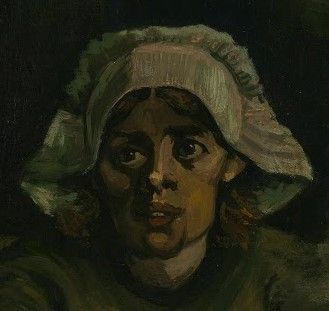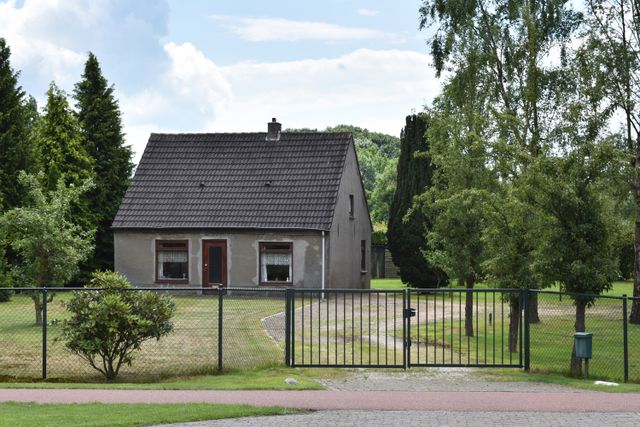Vincent chose the daily hard life of the peasants and weavers as the inspiration for his paintings.
His stay in Nuenen was one of the most important and most productive periods of his life. He produced a quarter of his total output here from December 1883 to November 1885.
No fewer than 24 buildings and landscapes remind us of his time in Nuenen; 14 of which he painted or sketched. Several rural scenes in the surrounding area still remind us of the ambiance of his time.

The De Groot family lived in a farm cottage next to the Roosdonck windmill during Vincent’s time in Nuenen. He could often be found there, and he painted and sketched them. These were the studies for his first great masterpiece: The Potato Eaters. The painting shows the De Groot family sitting around a steaming dish of potatoes with cups of coffee. After many preliminary studies, he painted this strong group portrait in his studio at Schafrath’s house in May 1885.

Van Gogh hoped that a large work featuring several people would help prove himself to the outside world. Paintings of peasants having their daily meal were popular at that time. He practiced for months painting heads, and many studies of people working in the field, preceded the Potato Eaters. He was satisfied with the result but his brother Theo and his artist friend Anthon van Rappard were very critical of his work.

There is still a house where the De Groot family lived, it is close to the Roosdonck windmill.
You will pass by this if you use the ‘Out and About with Vincent’ book, or if you follow the Nuenen edition of the Van Gogh National Park walk.

“ In reality, every day in the gloomy cottages I see effects against the light or in the evenings in the dusk that are so curious that so far my work still seems to me too light for the effects in question ”
Letter 506, Vincent Van Gogh to Theo van Gogh